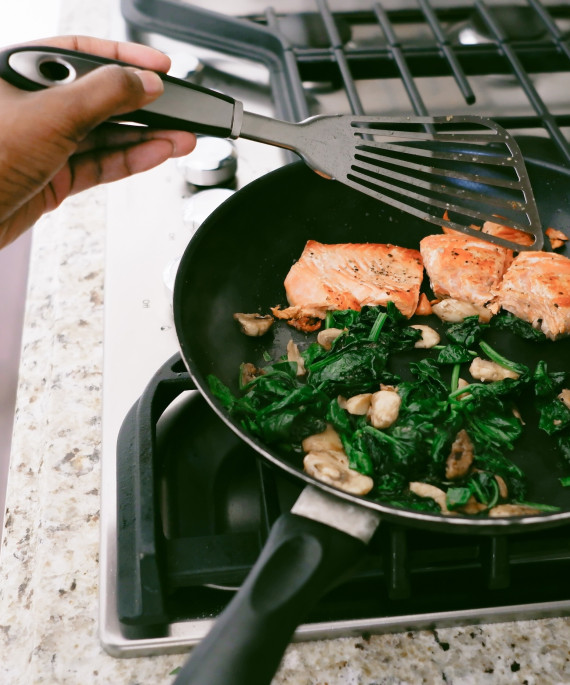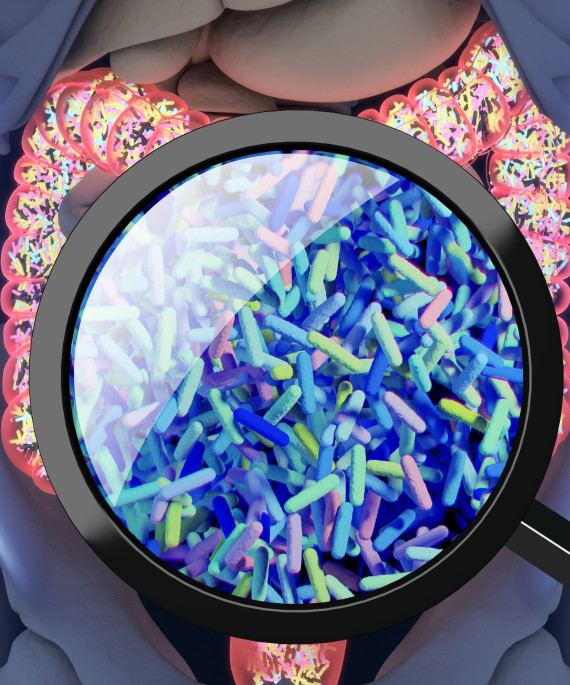
Crucial questions about how to keep food safe have been raised during the outbreak of COVID-19
Sanja Ilic, assistant professor of human nutrition at The Ohio State University, and an OSU Extension food safety state specialist shares her expertise and answers to frequent questions she has been asked.
What do I need to know about food safety during the COVID-19 outbreak?
Ilic: It is important to remember that COVID-19 is not a foodborne disease. The Centers for Disease Control and Prevention (CDC), the U.S. Food and Drug Administration (FDA), and the U.S. Department of Agriculture (USDA) are not aware of any reports suggesting COVID-19 can be transmitted by food or food packaging.
Coronavirus is not a gastrointestinal illness and cannot be contracted by ingesting contaminated foods. It cannot multiply on foods. Like any virus, it requires host cells to multiply. COVID-19 attacks lung cells.
There is a good deal of misinformation out there. Please make sure to get your recommendations from credible sources.
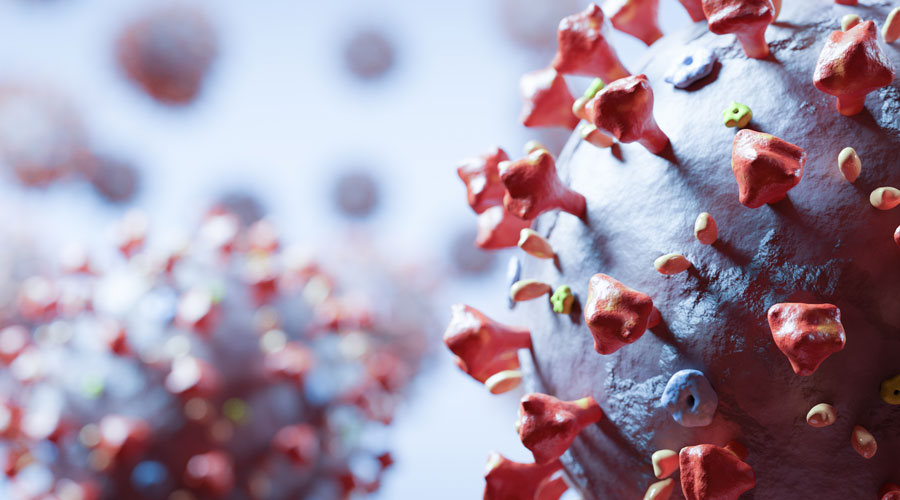
If I cannot get COVID-19 from food, how is it transmitted?
Ilic: The virus most often transmits from person to person. This is because the virus resides in body fluids of the mouth and nose cavities.
The transmission occurs when the infected person sneezes, coughs or even talks. Droplets containing COVID-19 can reach a healthy person’s nose, mouth or eyes.
In addition, if an infected person makes close contact, such as a handshake, the virus also can transmit to the healthy person. If handwashing does not follow immediately, and if the heathy person touches their face, the virus will transmit.
The virus also can transmit if an infected person touches an object or surface without washing their hands. The surface can serve as a source of contamination of the with virus to the healthy person if hand washing is not practiced.
Symptoms of COVID-19
- Fever
- Coughing
- Shortness of breath
- Breathing difficulties
- Other symptoms ranging from mild to severe respiratory illness
Frequent hand washing, refraining from touching the face and diligently practicing physical distancing are the best way to protect oneself from contracting the virus.
Because it has been said that COVID-19 can live on surfaces, such as my kitchen counter, what should I do to stay safe?
Ilic: Viruses cannot multiply on inanimate surfaces; they require a living host to multiply.
However, a recent study found coronaviruses can persist and remain infectious for several hours up to several days on inanimate surfaces. So, it is important to clean and sanitize surfaces.
This is always true for your kitchen counter, especially during food preparation. Some advice includes:
- Always clean dirty kitchen surfaces with soap and water before you sanitize. If you do not do this, the sanitation step is not going to be effective.
- Use a disinfectant product on the surfaces according to the manufacturer’s instructions.
- Commercial disinfectants come in three styles: liquid, spray or wipes. All have different instructions that have to be followed in order for the disinfection to be effective.
- Do not use concentrated bleach for disinfecting. It is very toxic.
- Do not use any of the surface cleaners on your hands in place of hand sanitizer. They may cause damage to the skin.
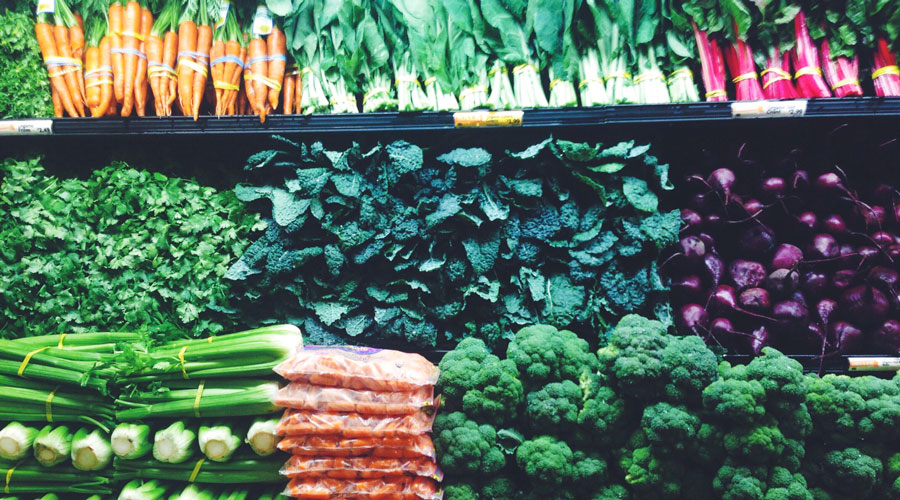
Can COVID-19 contaminate food?
Ilic: COVID-19 is not foodborne. Although it may contaminate surfaces, as discussed, a person will not become sick due to the food consumption.
Some studies have shown that coronavirus can be stable on the surface of lettuce in laboratory conditions. However, from the long experience with previous outbreaks of coronaviruses, including Severe Acute Respiratory Syndrome (SARS) and Middle Eastern Respiratory Syndrome (MERS), transmission through food consumption is not likely to occur.
This said, you should always take all the food safety precautions normally used in the kitchen to avoid foodborne illness.
What food safety practices should I use in the kitchen, during the COVID-19 outbreak and at all times?
Ilic: COVID-19 transmission from food has not been shown. However, consumers always should follow all good hygiene practices and food safety precautions recommended for handling and preparing food in normal times.
Here are simple tips:
- Before preparing, serving or eating food, wash your hands up to the wrists with soap and water for at least 20 seconds before rinsing your hands.
- After drying on a clean towel, refrain from touching your face, mouth or nose.
- Refrigerate foods promptly after arriving from the grocery store.
- Wash all fresh produce, such as lettuce, thoroughly under running water.
- After handling raw meat or egg white or yolk, wash hands with soap and water again.
- Clean cutting surfaces, plates and utensils after handling raw foods and prior to handling any ready-to-eat food.
- Always cook foods to required temperatures according to the USDA to kill bacteria that leads to foodborne illness.
- Refrigerate all leftovers promptly – within 2 hours, and make sure to reheat leftovers to the minimal recommended temperature of 165F.
- Wash produce under clean running water. Do not use soap to wash it. Wash it before consumption, but if you decide to wash before putting it in the refrigerator, dry it before storing.
- The chances of contaminating your refrigerator with the virus are low; remember, the virus does need to get to your respiratory tract to make you sick.
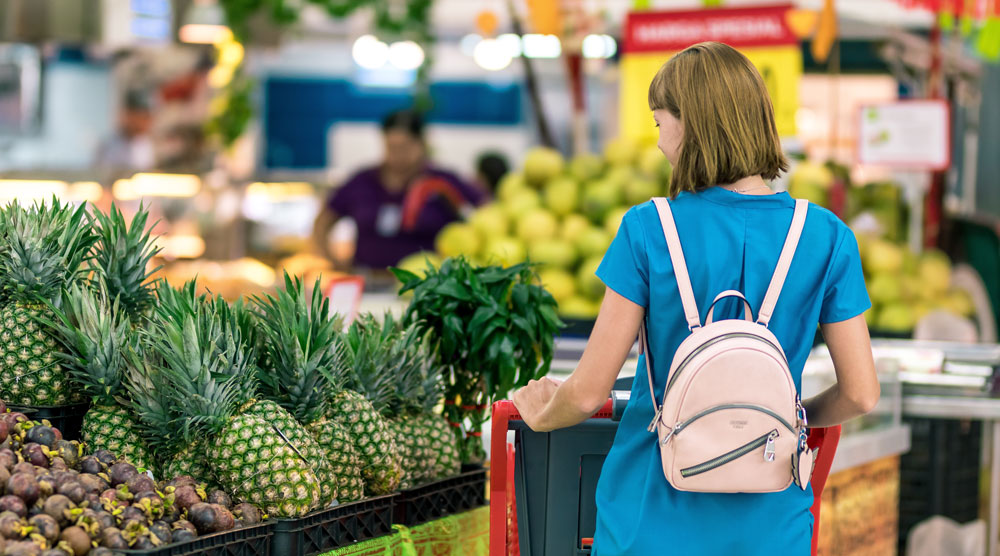
What steps should I take when grocery shopping during the COVID-19 outbreak?
Ilic: The biggest risk of COVID-19 transmission is being around individuals who carry the virus. During the lock down, do not go to the store if you are symptomatic.
When grocery shopping, keep physical distance. The minimal distance recommended to avoid droplet transmission from another person is 6-8 feet.
However, it has been shown that the droplets after someone coughs or sneezes can travel farther than that. Refrain from talking with people.
Tips for grocery shopping
- Before heading for the store or market, wash hands with soap and water.
- Before entering the store, use hand sanitizer containing a minimum of 60% alcohol.
- Sanitize shopping cart and basket handles before and after use. Grocery stores often have sanitization wipes near the entrance.
- While in the store, maintain physical distance. Avoid aisles with other shoppers.
- Come prepared with a list and spend minimal time shopping.
- Avoid touching produce except for your selections.
- Avoid touching products that you don’t need to touch.
- If possible, use the self-check line. Opt to use a card instead of cash. It’s a good idea to wipe the card afterward with a sanitizing cloth or wipe.
- Use hand sanitizer after leaving the store.
After arriving home
- Wash your hands before storing food.
- Refrigerate perishable food promptly; don’t overload your refrigerator.
- If you buy a large quantity of produce, think about freezing some of it to avoid waste.
- Although the sanitation of packaging is not necessary, for people at increased risk or who feel anxious about potential surface transmission, you can clean and sanitize food packages before storing.
- Use or freeze raw meat and poultry before their expiration date to stay safe and reduce waste.

What should I look for in hand sanitizers? Can I make my own?
Ilic: Remember that hand sanitizer is only effective if your hands are already visibly clean.
Only hand sanitizers that contain 60% or more alcohol are effective against coronavirus.
If making your own hand sanitizer follow the instructions from credible sources to ensure that the disinfectant is effective.
Is it a good idea to wear a homemade mask while shopping?
Ilic: I am in favor of using homemade facemasks when grocery shopping. They impede the burden of respiratory droplets in the environment and prevent you from touching your face.
You will not see masks recommended by the CDC, but this is because manufactured medical masks are in short supply. We don’t want to further deplete the supply needed for health care workers.
Note that homemade masks are not suitable for use in health care settings.
But for grocery shopping, I made my own face mask using a double layer of cotton.
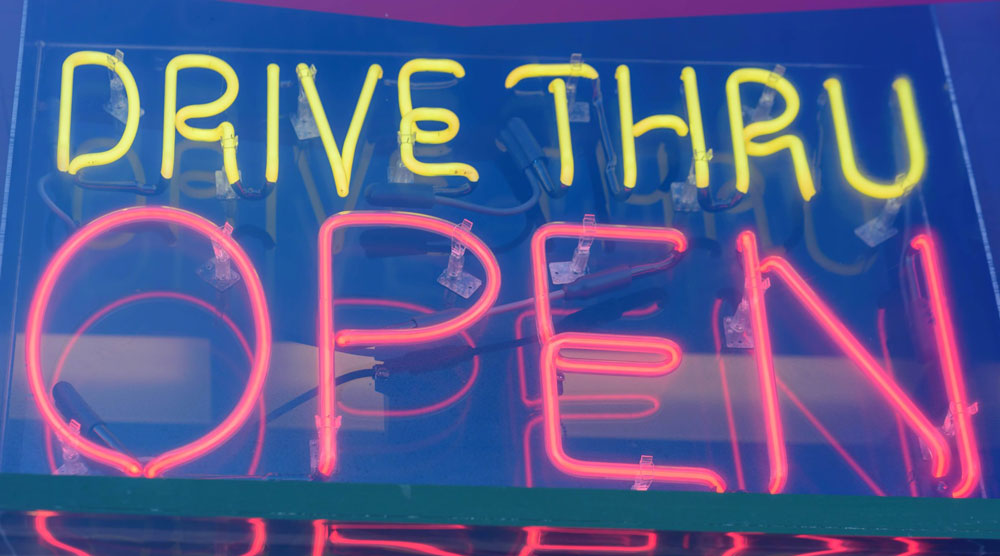
Takeout food and delivery - What should I be aware of to stay safe?
Ilic: Currently, no reports have been made that takeout or drive-through food has led to spread of illness.
Takeout minimizes the number of touches by people, especially if the restaurant is practicing social distancing and good preparation practices.
Delivered foods present no risks if the restaurant practices a no-touch/no-interaction policy during preparation. However, independent delivery drivers cannot guarantee low touch and proper physical distancing during deliveries.
Note the following to minimize risk of transmission from packaging or delivery:
- Use measures to reduce amount of handling of packaging.
- Practice handwashing and use hand sanitizer before and after handling packaging.
- Grocery delivery is a little safer but still presents more risk than picking up groceries yourself.
- If you use delivery for restaurant food, receive it, unpack it and dispose of the packaging, and then wash your hands. Do not touch nose, mouth, eyes or face until after this procedure is complete.
- Many restaurants are volunteering information about the measures they take for food safety. Ask the manager.
Who is at risk of being infected?
Ilic: Anyone can become ill with COVID-19 if it is transmitted to them, but those who are healthy are more likely to recovery.
Those at most risk for contracting COVID-19 at higher rates or great severity, with higher fatality rates, include those of advanced age or with:
- Conditions that compromise the immune system, such as cancer and even diabetes
- Respiratory diseases, such as chronic pulmonary disease or asthma, high blood pressure
How far can viruses in droplets travel?
Ilic: Recent research in the Journal of Fluid Mechanics showed that even the smallest droplets carrying the virus can travel up to 20 feet.
For this reason, everyone should avoid crowded spaces and any contact with people who may be infected, as well as asymptomatic carriers.
What do studies show about coronaviruses on inanimate surfaces or produce?
Ilic: Studies described in the Journal of Hospital Infection with a bovine (an animal of the cattle group that includes buffalo and bison) coronavirus have shown that the virus can be stable on inanimate surface such as metal, glass or plastic.
In another study, coronaviral RNA was detectable on the lettuce surface for 30 days, and infectious bovine coronavirus was detected on the lettuce surface for at least 14 days after inoculation.
Information sheets at producesafety.osu.edu/COVID-19
Coronavirus and COVID-19 definitions
COVID-19 is a member of a larger family of coronaviruses. Some of these corona viruses cause the common cold and flu, but others cause more severe illnesses such as Severe Acute Respiratory Syndrome (SARS) and Middle East Respiratory Syndrome (MERS). All can infect both humans and animals, according to the World Health Organization (WHO). The scientific name of the coronavirus causing Corona Virus Disease-19 (COVID-19) is severe acute respiratory syndrome coronavirus 2 (SARS-CoV-2).

